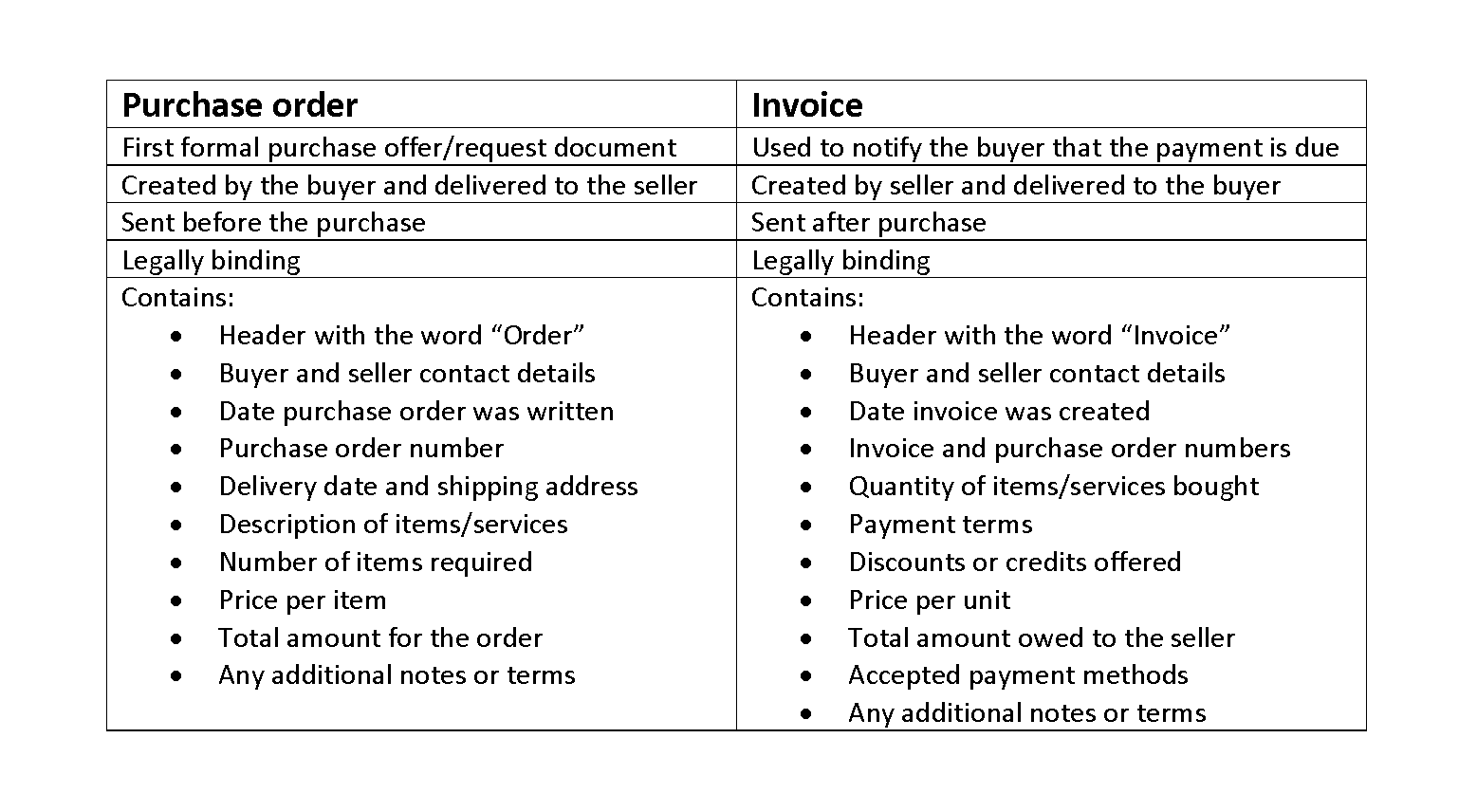Bookkeeping
What Are Liabilities in Accounting? With Examples

Recording a liability requires a debit to an asset or expense account (depending on the nature of the transaction), and a credit retained earnings balance sheet to the applicable liability account. When a liability is eventually settled, debit the liability account and credit the cash account from which the payment came. It might sound like a corporate version of “buy now, pay later,” and in a way, it is!

Liability
In simpler terms, everything the entity Cash Flow Management for Small Businesses owns (assets) is either funded by external sources (liabilities) or by the owners’ investment (equity). In simpler terms, liabilities are like promises or commitments to repay something in the future, whether it’s a borrowed sum of money, goods received, or services owed. They can be classified into short-term and long-term liabilities, depending on their expected repayment timeline.
Types of Contingent Liabilities

These obligations are eventually settled through the transfer of cash or other assets to the other party. Managing liabilities is a crucial aspect of running a successful business. It involves anticipating future financial obligations and employing strategies to meet them while maintaining solvency. One of the key steps in planning for future obligations is to thoroughly analyze a what are liabilities company’s balance sheet, identifying both short-term and long-term liabilities.
Price/Earnings-to-Growth (PEG) Ratio: What It Is and the Formula
This enables decision-makers to prioritize their payments and allocate resources accordingly. Liabilities are aggregated on the balance sheet within two general classifications, which are current liabilities and long-term liabilities. You would classify a liability as a current liability if you expect to liquidate the obligation within one year.

Working Capital Management
- Additionally, businesses often use short-term financing options like lines of credit to manage cash flow needs, ensuring they can meet these obligations without disrupting operations.
- An example is the possibility of paying damages as a result of an unfavorable court case.
- Liabilities are debts or obligations a person or company owes to someone else.
- The classification is critical to the company’s management of its financial obligations.
- If one of the conditions is not satisfied, a company does not report a contingent liability on the balance sheet.
- In accordance with GAAP, liabilities are typically measured at their fair value or amortized cost, depending on the specific financial instrument.
Calculating the total amount owed on long-term loans is straightforward. For instance, if you borrowed $500,000 at an interest rate of 6%, your total long-term loan obligation would be $530,000. To calculate the total amount owed on short-term loans, add the principal amount borrowed to the accrued interest. For instance, if you borrowed $10,000 at an interest rate of 5%, your total short-term loan obligation would be $10,500.
